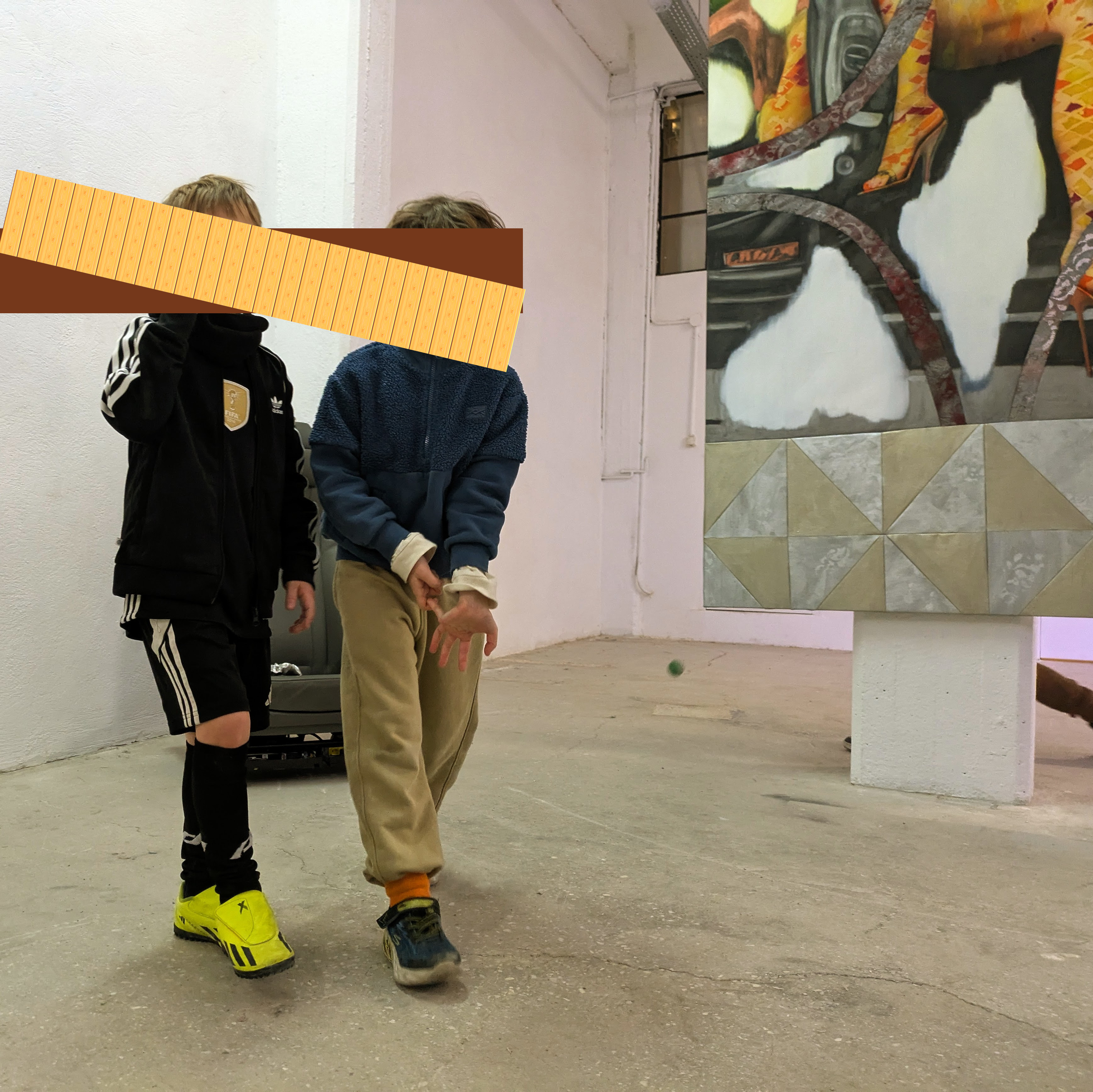The Art of Transformation

In a sense, we are no more than the machines we create. We see, measure, evaluate, and predict the world through them, in a way that they form our extra senses. We are the superheroes who use machine learning and augmented reality techniques to analyze texts, books, music, images, and videos—all that constitute cultural products—and generative systems to help us create new representations of life.
I went to an art exhibition where the creation process began with a prompt to an LLM: “women and cars”. The artist then transformed this image—a randomized product derived from a large accumulated dataset—through cutting, painting, stitching, and various other processes to create the final artwork.
I liked this process as it highlights the cyclical way we think. We analyze the world and form our opinions based on previous or dominant ideologies. But we are not just consumers; we transform ideas by cutting, painting, and stitching them into a new, hopefully interesting, form.
However, we could also think the other way around: perhaps our machines’ inefficiencies are what shape our knowledge and cultural boundaries.